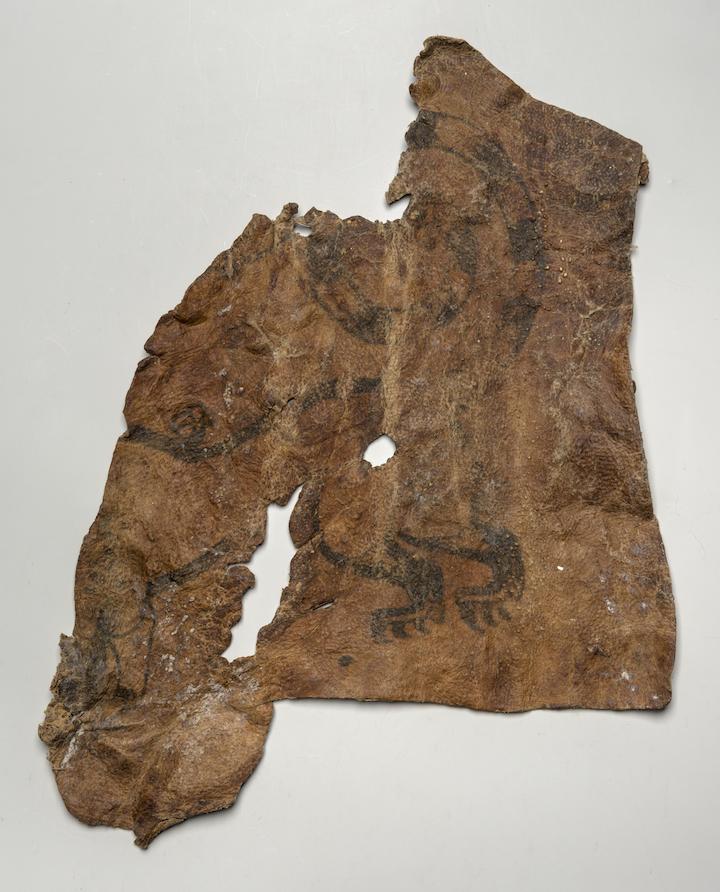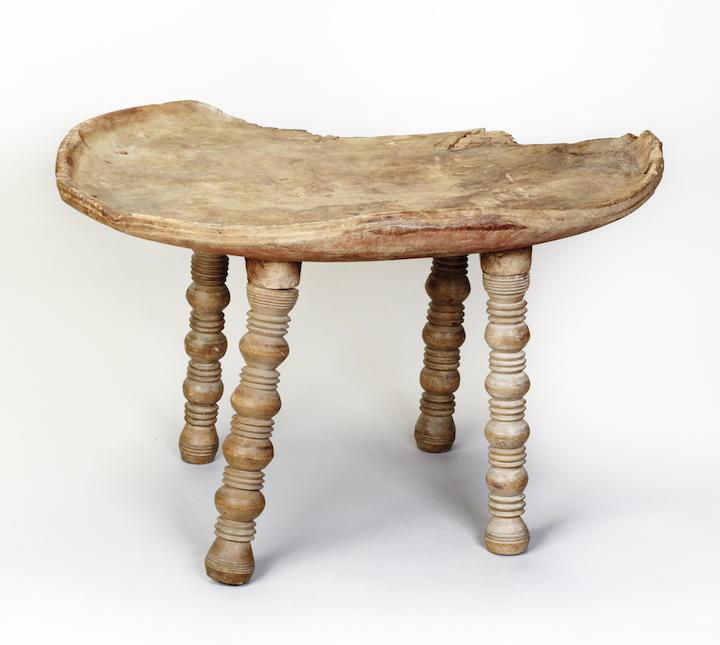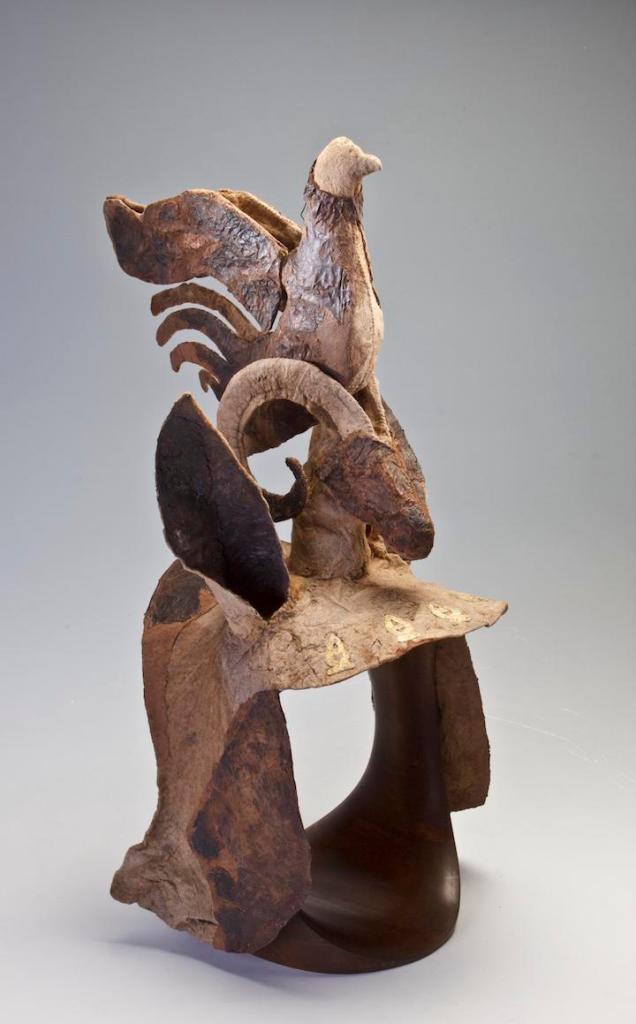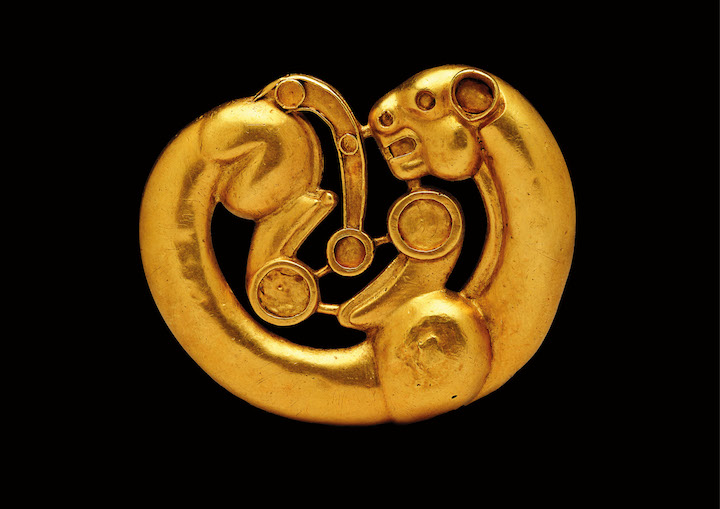This exhibition will reveal the history of the powerful nomadic tribes who thrived in a vast landscape stretching from southern Russia to China and the northern Black Sea. The Scythians were exceptional horsemen and warriors, and feared adversaries and neighbours of the ancient Greeks, Assyrians and Persians between 900 and 200 BC. This will be the first major exhibition to explore the Scythians in the UK in 40 years. Many of the objects on display date back over 2,500 years. They are exceptionally well preserved as they come from burial mounds in the Altai mountains of southern Siberia, where the frozen ground prevented them from deteriorating. Objects preserved by the permafrost include textiles, fur-lined garments and accessories, unique horse headgear and tattooed human remains. Find out more about the ‘Scythians’ exhibition from the British Museum’s website.
Preview the exhibition below | See Apollo’s Picks of the Week here

Part of human skin with a tattoo, from the left side of the breast and back of a man (late 4th–early 3rd century BC). © The State Hermitage Museum, St Petersburg, 2017. Photo: V Terebenin

Collapsible table with lathe-turned legs (late 4th–early 3rd century BC). © State Hermitage Museum, St Petersburg. Photo: V Terebenin

Horse headdress made of felt, leather and wood (late 4th–early 3rd century BC). © The State Hermitage Museum, St Petersburg, 2017. Photo: V Terebenin

Gold plaque in the shape of a coiled panther (4th–3rd century BC), Siberian Collection of Peter the Great. © The State Hermitage Museum, St Petersburg, 2017. Photo: V Terebenin

Gold applique showing two archers back to back, Kul Oba (400–350 BC). © The Trustees of the British Museum










![Masterpiece [Re]discovery 2022. Photo: Ben Fisher Photography, courtesy of Masterpiece London](http://www.apollo-magazine.com/wp-content/uploads/2022/07/MPL2022_4263.jpg)
It’s time for the government of London to return to its rightful home